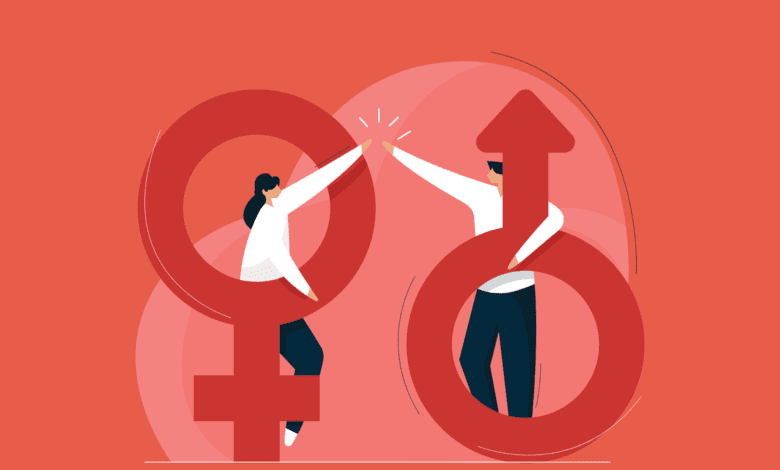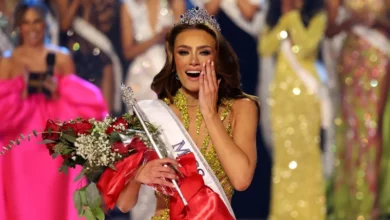The world could take 131 years to close the gender gap: Report
The report stated that "an entire generation" of progress was wiped by the Covid-19 pandemic.

A report published by the World Economic Forum showed that gender inequality might not be completely over until 2154. The report also found that women have entered the labor force at a higher rate than men since 2022, and gaps still exist between them, as women face slightly more unemployment rates (4.5%) than men (4.3%), globally.
The WEF’s Gender Gap Index measured equality in 146 different countries on four factors: education, political representation, health and survival, and economic participation. Since its introduction in 2006, the index has increased by 4.1% points. According to the report, it will take 169 years and 162 years for economic and political parity, respectively, with no clear timeline for health and survival. Although, thankfully, education parity will be closed in the next 16 years.
Iceland claimed the top spot on the list for the 14th consecutive year as the Nordic country has managed to close 91.2% of its overall gap and is the only country scoring above 90 on the list. Iceland was followed by Norway (87.9%), Finland (86.3), New Zealand (85.6%), and Sweden (81.5%) completing the top five.
Germany, Nicaragua, Namibia, and Lithuania were the only other countries after the top five to close the gap by at least 80%.
India improved its rank by eight positions as it ranked 127th out of 146 countries. The country has been able to close a 64.3% overall gap. As per the reports, India has only reached 36.7% parity on the economic and opportunity front but has “attained parity in enrolment across all levels of education.”
India has reached 25.3% parity on the political front with 15.1% of parliamentarians being women. India is also among one of the 18 countries out of 117 where women make up more than 40% of the local governing bodies (44.4%). On the health and survival front, the report stated, “Compared to top scoring countries that register a 94.4 per cent gender parity at birth, the indicator stands at 92.7 per cent for India (albeit an improvement over last edition).
The bottom five consisted of Pakistan (57.5%), Iran (57.5%), Algeria (57.3%), Chad (57%), and Afghanistan (40.5%). Afghanistan is the only country on the list scoring less than 50%. Meanwhile, superpowers, US and China both witnessed a drop in their rankings as compared to 2022. The US finished 43rd after being at the 27th spot last year and China dropped down to the 107th position from 102nd position.
Saadia Zahidi, Managing Director at the WEF, stated, “Global gender gaps in health and education have narrowed over the past year, yet progress on political empowerment is effectively at a standstill, and women’s economic participation has regressed rather than recovered. She also added, “Recent years have been marked by major setbacks for gender parity globally, with previous progress disrupted by the COVID-19 pandemic’s impact on women and girls in education and the workforce, followed by economic and geopolitical crises.”



